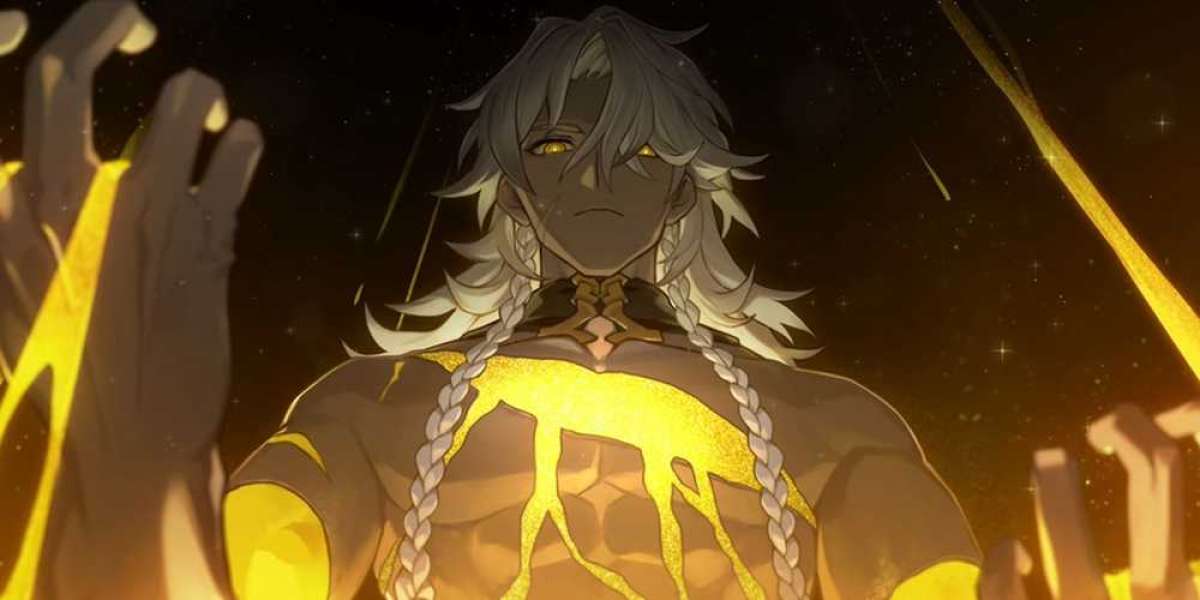Introduction:
In the year 1989, a significant event reshaped the course of history and marked the culmination of decades of division and conflict. On a fateful day in October, the world watched in awe and anticipation as the Berlin Wall, a symbol of separation and Cold War tensions, fell. This monumental event not only reunited families and friends who had been separated for years but also foreshadowed the collapse of the Soviet Union and the end of the Cold War era. The fall of the Berlin Wall became an iconic moment, representing the triumph of human spirit and the hope for a new era of peace and unity.
Details of the event:
On October 18, 1989, a series of peaceful protests erupted across East Germany, demanding political reform, freedom of speech, and an end to the oppressive regime. These protests swelled in size and intensity over the coming weeks, with hundreds of thousands of people taking to the streets. The East German government, facing mounting pressure, announced on November 9th that citizens of the German Democratic Republic, commonly known as East Germany, would be allowed to travel freely to West Germany.
The announcement sparked an immediate flood of people towards the Berlin Wall, which had separated East and West Berlin since its construction in 1961. Overwhelmed border guards, taken by surprise, struggled to enforce the previously strict regulations. As the crowd of jubilant East Germans grew, guards finally gave way to the pressure, and in a moment of history, opened the checkpoints.
People surged through the checkpoints, laughing and crying tears of joy as they greeted friends, relatives, and strangers on the other side. Families, torn apart for years, were finally reunited in an emotional embrace. East Germans, who had dreamt of freedom for so long, were now tasting it as they stepped foot on the other side, feeling the concrete beneath them dissolve and the weight of oppression lifted.
The scenes of celebration and unity reverberated around the world. People from all corners, watching the events unfold on their television screens, felt a sense of hope and possibility. The fall of the Berlin Wall marked not only the physical barrier's collapse but also represented the crumbling of the Iron Curtain that had divided Europe for decades.
In the days and weeks that followed, the wall, once a menacing presence, became a symbol of triumph over oppression, a beacon of hope for a world without divisions. Its fall set in motion a chain of events that eventually led to the reunification of Germany in 1990 and the end of the Cold War era. The significance of this event cannot be overstated, as it symbolized the power of peaceful protests and the unwavering human spirit in the face of immense odds. The fall of the Berlin Wall holds a place in our collective memory as a testament to the enduring desire for freedom, unity, and the limitless possibilities when people come together with a common purpose.
Reprinted:Fall of the Berlin Wall














